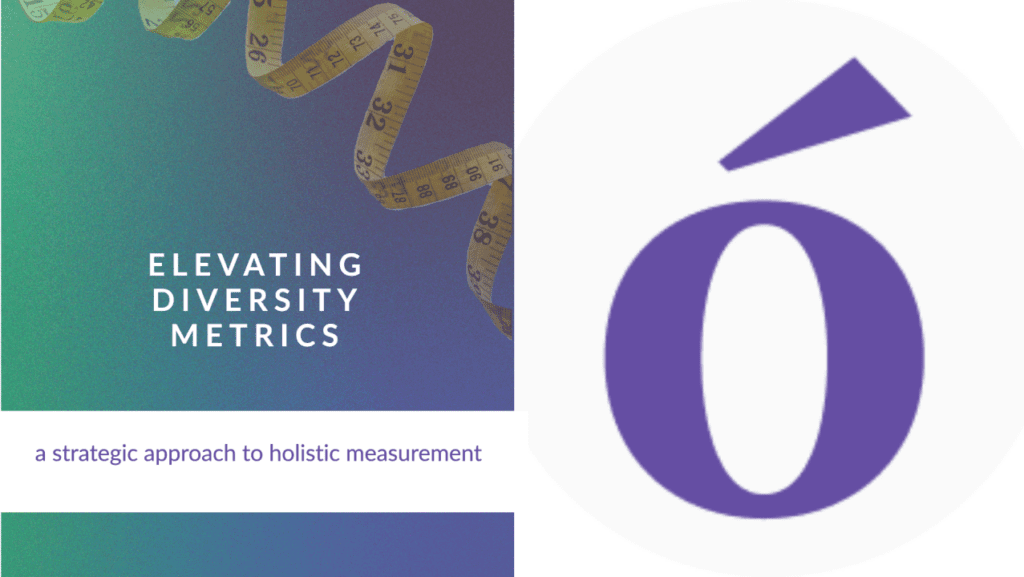What metrics do you use to measure diversity? We’ve talked about the difference between visible and invisible diversity, but how do you measure what you can’t see?
Here are six ways any organisation can start to dig deeper in the pursuit of understanding true diversity, and move away from the crutch of gender and ethnicity metrics:
- Intersectionality Metrics: Beyond the Surface In the pursuit of inclusivity, measuring diversity demands a nuanced and comprehensive approach. Consider metrics that delve into intersections like age, disability, sexual orientation, country of origin and socioeconomic background, to reveal the intricate tapestry of individual experiences within the workplace.
- Representation Across Levels: Beyond Headcounts It’s not merely about numbers; it’s about representation at every organizational echelon. Examining diversity within leadership, management, and entry-level positions offers insights into the inclusivity of career progression pathways. Many studies have proven that a diverse leadership team correlates with enhanced business performance.
- Inclusion and Belonging Surveys: Capturing the Essence Qualitative data is paramount. Regular surveys on inclusion and belonging provide a pulse on employees’ perceptions and experiences. Metrics like the Harvard Business Review’s Inclusion Index quantify the impact of diversity initiatives on workplace culture, refining organizational strategies.
- Supplier Diversity: Extending the FocusLook beyond internal metrics. Diverse suppliers contribute to economic empowerment. The Billion Dollar Roundtable urges organizations to annually spend at least a billion dollars with certified diverse suppliers, fostering diversity both within and beyond organizational boundaries.
- Measuring Neurodiversity: Recognizing Unique Contributions Embrace neurodiversity as a distinct dimension. Microsoft’s initiative to hire individuals with autism exemplifies recognizing unique skills. Metrics tracking the hiring and retention of neurodivergent talent contribute to a more inclusive workplace.
- Invisible Diversities: Unveiling the Unseen Consider dimensions not immediately visible, such as cognitive diversity and thinking styles. Harvard Business Review‘s research highlights the superior problem-solving capabilities of teams with diverse cognitive styles. Metrics tracking diversity of thought fuel innovation and creativity.
In the pursuit of inclusivity, measuring diversity demands a nuanced and comprehensive approach. Join us on a journey to explore diverse metrics that transcend conventional boundaries, incorporating intersectionality and invisible diversities.
What are your favourite non-conventional diversity metrics? Share in the comments!
#dei #edi #diversityequityandinclusion #diversityandinclusion #deistrategy #diversity #measurement #measuringdiversity

